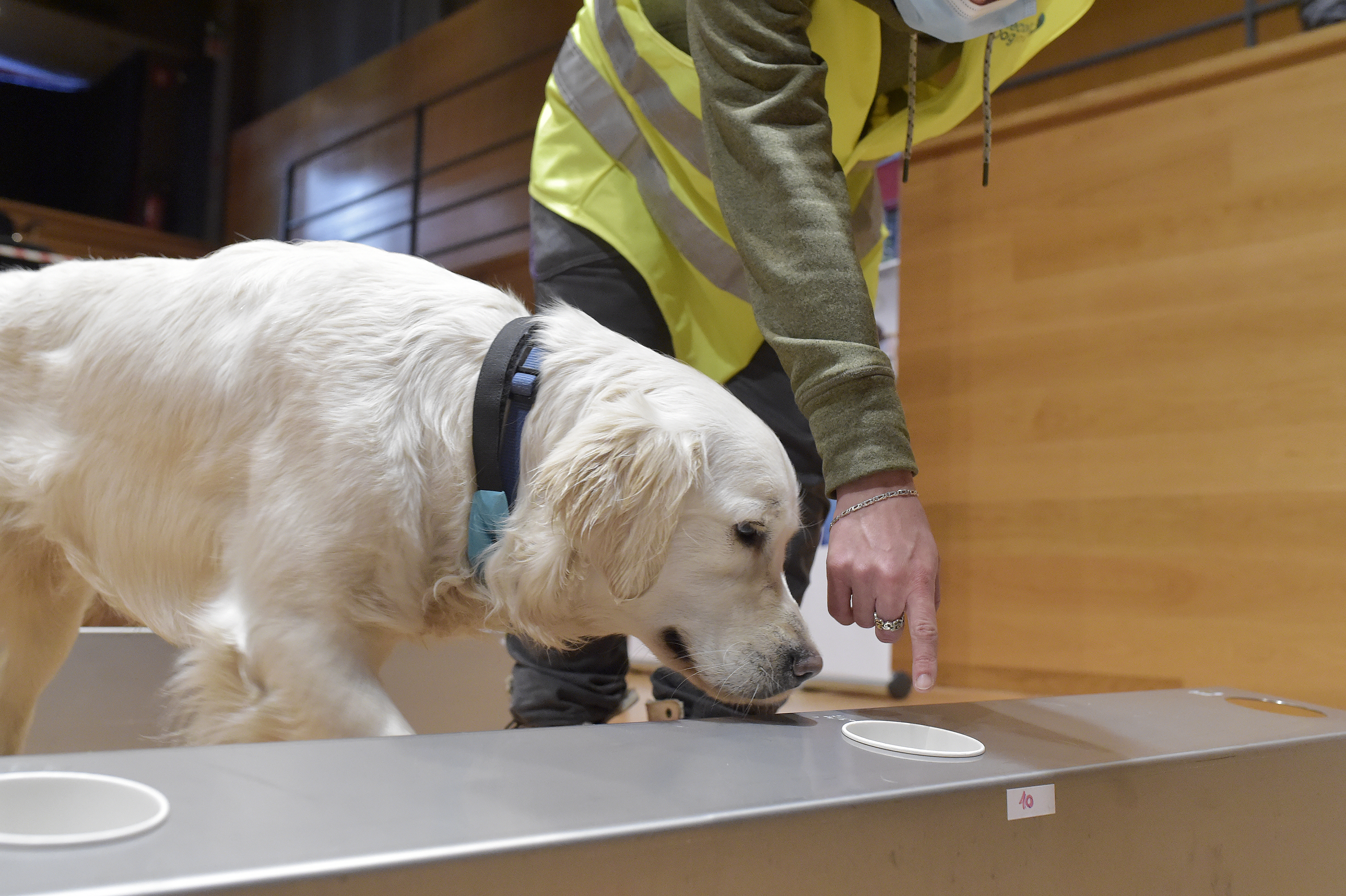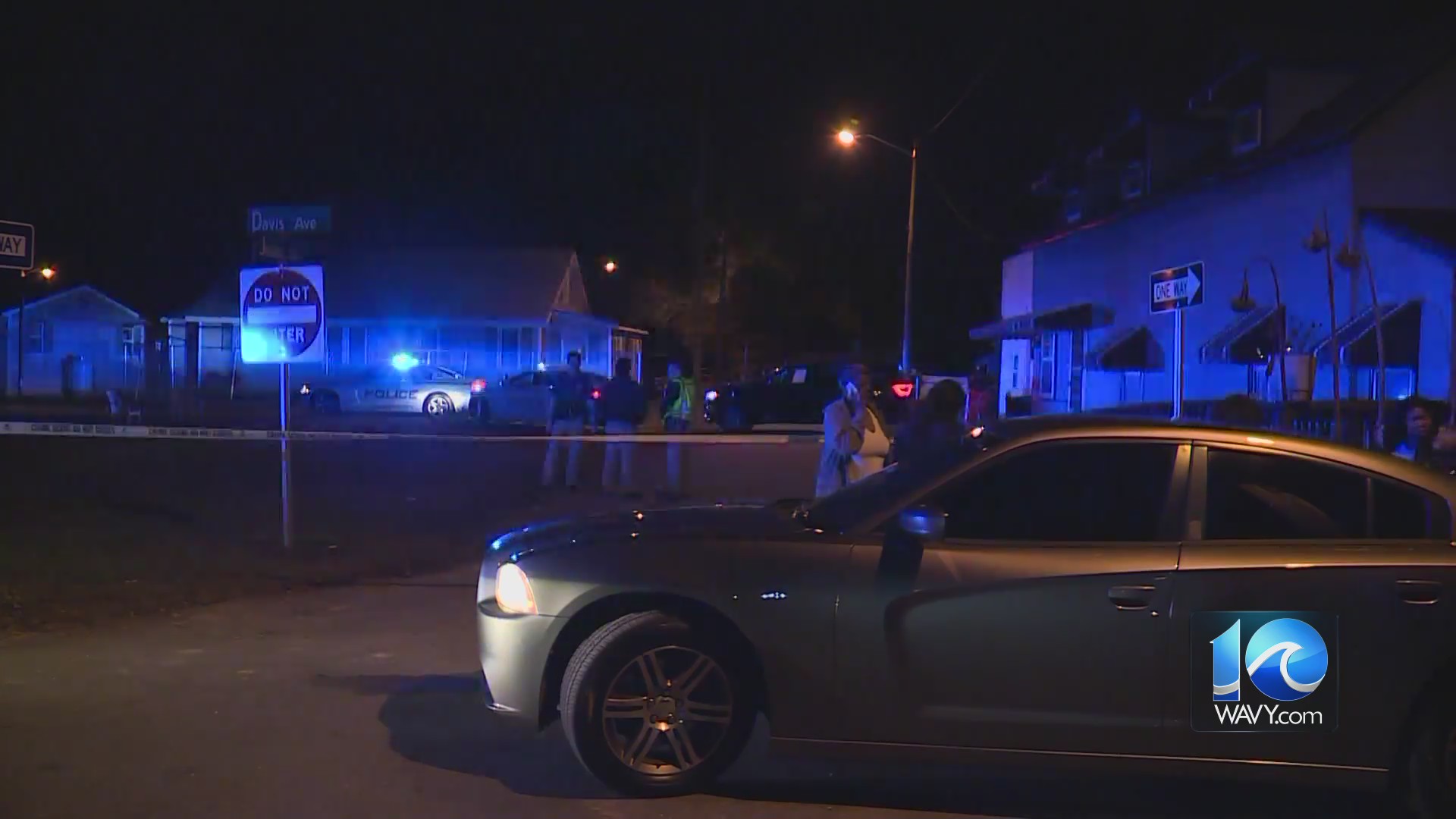ATHENS, Greece (AP) — Multiple earthquakes are rattling Santorini, a volcanic island in Greece, prompting authorities to dispatch rescuers with tents, a sniffer dog and drones, and to shut schools on four islands.
Residents have been warned to avoid indoor gatherings, check escape routes, stay away from cliffs and to drain swimming pools to reduce potential structural damage to buildings in the event of a large earthquake.
Greece lies in a highly seismically active part of the world, and earthquakes are frequent. The vast majority cause no injuries and little or no damage, but the country has also seen deadly quakes. Earthquakes can’t be predicted, but authorities are taking measures as a precaution.
Santorini, one of Greece’s most popular tourist destinations, took its present crescent shape following a massive volcanic eruption in antiquity. Now, millions of visitors each year come to see its dramatic scenery of whitewashed houses and blue-domed churches clinging to the cliff along the flooded caldera, or volcanic crater.
Last week, scientists said they had noticed increased volcanic activity in the caldera, but say this isn’t linked to the earthquakes.
Here’s a look at the current situation:
What’s going on?
About 200 quakes with magnitudes between 3 and 4.9 were registered from Saturday to Monday afternoon between Santorini and the nearby island of Amorgos, authorities said.
Seismologist Gerasimos Papadopoulos said on Greece’s ERT television that the seismic activity began on Jan. 24, but intensified Saturday, with increasing frequency and magnitudes.
The fault line producing the current earthquakes runs for about 120 kilometers (75 miles), but only the southern part between Santorini and Amorgos has been activated. The earthquakes have epicenters beneath the seabed, roughly 30-40 kilometers (18-25 miles) from any of the islands. Scientists say this is good news, as an epicenter beneath land could potentially be more destructive. But a large quake could also trigger a tsunami, so authorities have warned people to stay away from coastal areas and head inland if they feel a significant earthquake.
So far, there has been no damage or injuries reported, although some minor rock slides have occurred.
Could the earthquakes trigger a volcanic eruption?
Santorini lies along the Hellenic Volcanic Arc, which stretches from the Peloponnese in southern Greece through the Cycladic islands.
Last Wednesday, Greece’s Climate Crisis and Civil Protection Ministry announced monitoring sensors had picked up “mild seismic-volcanic activity” inside the island’s caldera. Similar volcanic activity had been recorded in 2011, when it lasted for 14 months and ended without any major issues.
Another volcano — a submarine one called Kolumbo — lies about 8 kilometers (5 miles) northeast of Santorini, nearer to the epicenter of the current earthquakes.
But seismologists say the quakes aren’t related to the volcanoes.
A meeting between government officials and scientists determined that seismic activity within Santorini’s caldera “remains at the same low levels as in recent days,” the Civil Protection Ministry said Monday, but that it was “particularly increased” between Santorini and Amorgos.
What are authorities worried about?
Scientists are still trying to determine definitively whether the multiple quakes are foreshocks — smaller earthquakes before a major temblor. Papadopoulos said that there was a “high probability” they are.
Santorini’s main villages are built along the rim of the volcano’s caldera — producing the dramatic scenery of cascading whitewashed houses and sunset viewpoints that make the island so popular, but also raising concerns in the event of a major earthquake. The sheer cliffs also make some areas prone to rock slides.
What precautions are being taken?
Authorities sent a team of rescuers with a sniffer dog and drones to Santorini, where they set up tents in a basketball court next to the island’s main hospital as a staging area. Push alerts have been sent to cellphones warning people to stay away from areas where rock slides could occur, and banning access to some coastal areas.
Residents and hotels have been asked to drain swimming pools, as the water movement in a major quake could destabilize buildings. People have been told to avoid old buildings and check for exit routes when in built-up areas.
Schools on Santorini, as well as the nearby islands of Anafi, Amorgos and Ios, will remain shut all week.
What’s the history?
The fault line that has been activated was the site of Greece’s largest quake in the last century: a 7.7 magnitude temblor dubbed the Amorgos earthquake that struck in 1956, triggering a roughly 20-meter (65-foot) tsunami, causing significant damage in Amorgos and Santorini and killing more than 50 people.
Santorini is also the site of one of the largest volcanic eruptions in human history. Known as the Minoan eruption, it occurred around 1,600 B.C. and destroyed much of the formerly round island, giving Santorini its current shape. The eruption is believed to have contributed to the decline of the ancient Minoan civilization.
Although it’s still an active volcano, the last notable eruption occurred in 1950.
“What we must realize is that the Santorini volcano produces very large explosions every 20,000 years,” Efthymios Lekkas, seismologist and head of the scientific monitoring committee for the Hellenic Volcanic Arc, said last week. “It’s been 3,000 years since the last explosion, so we have a very long time ahead of us before we face a big explosion.”


























